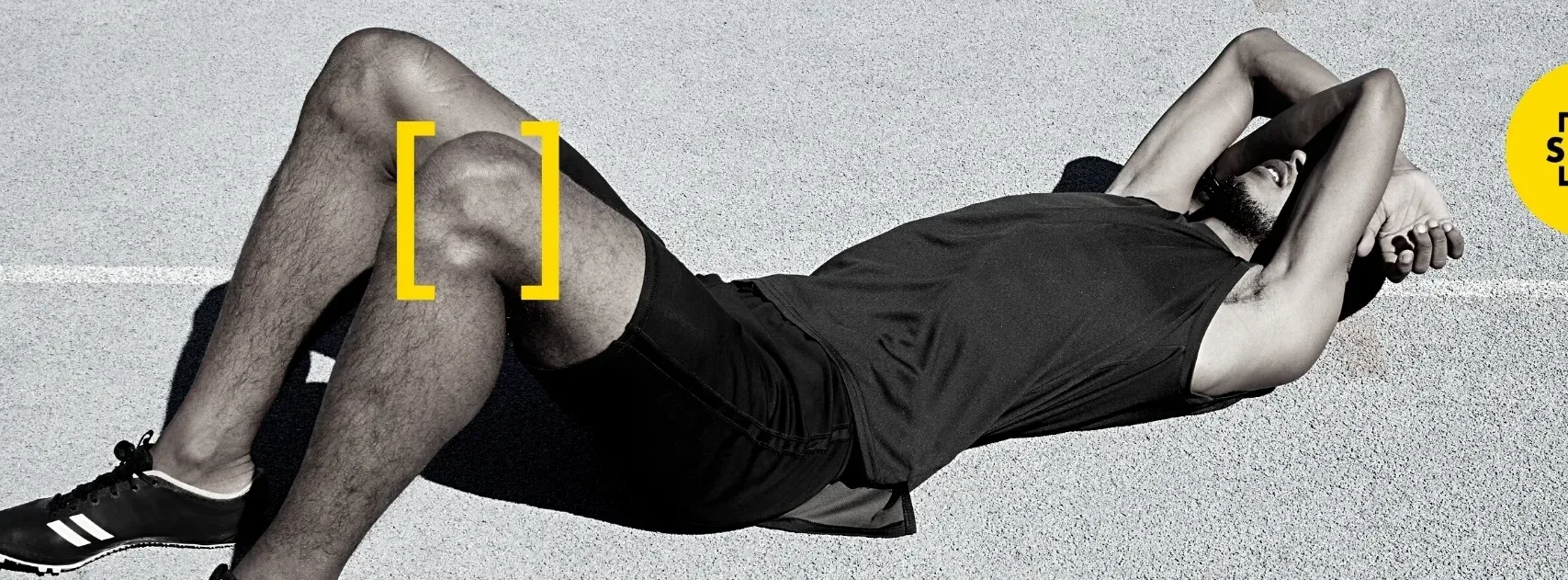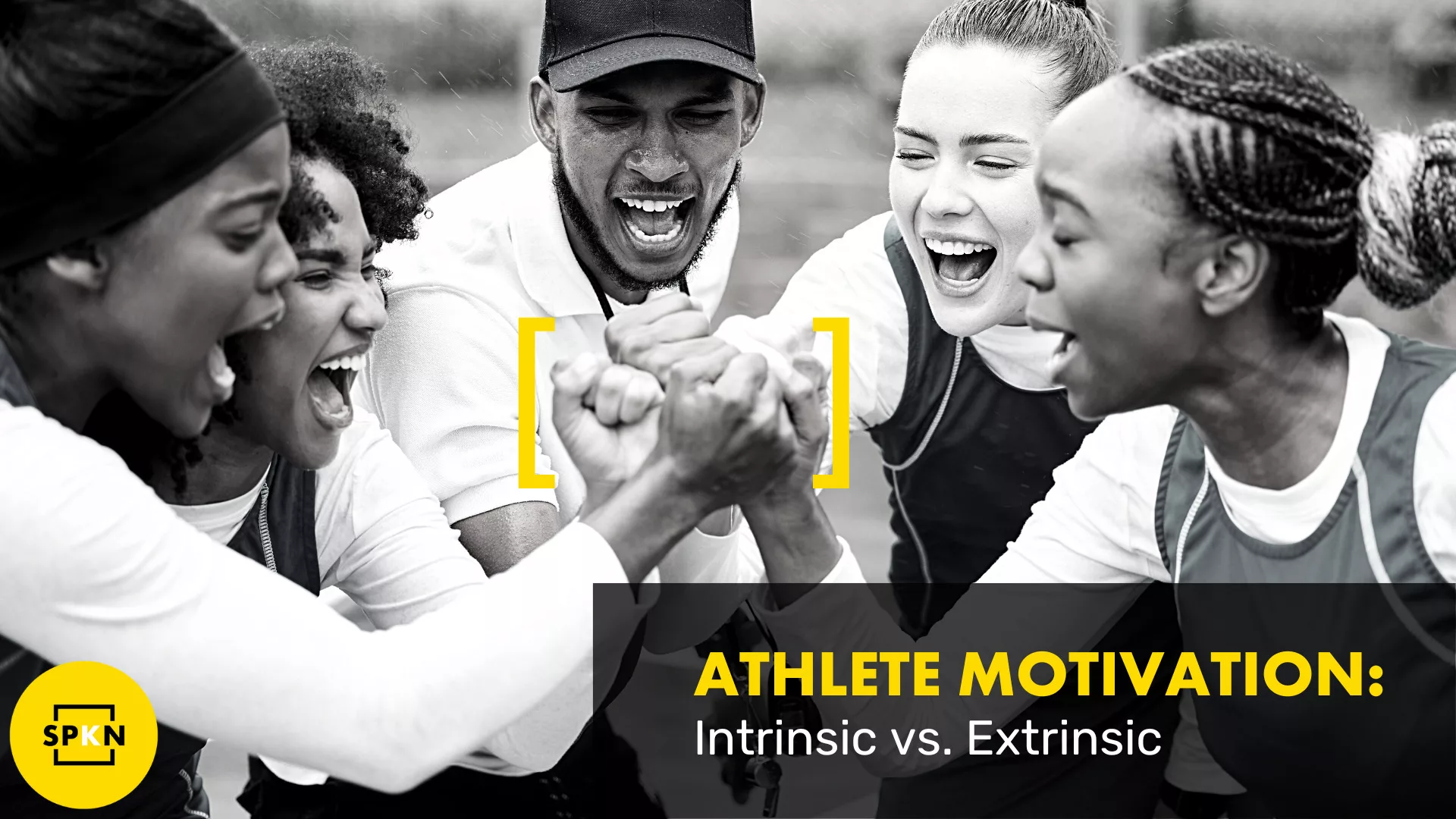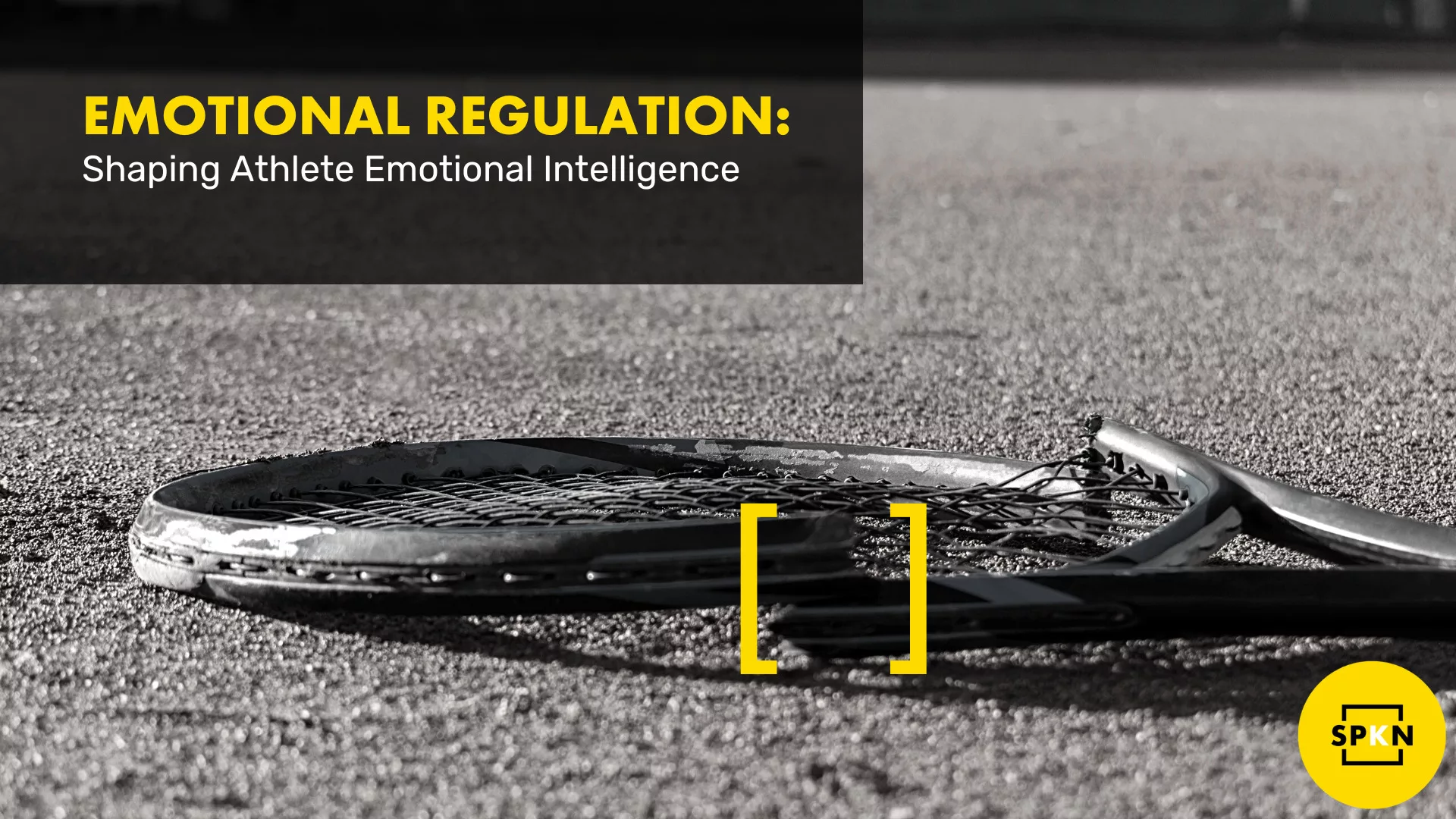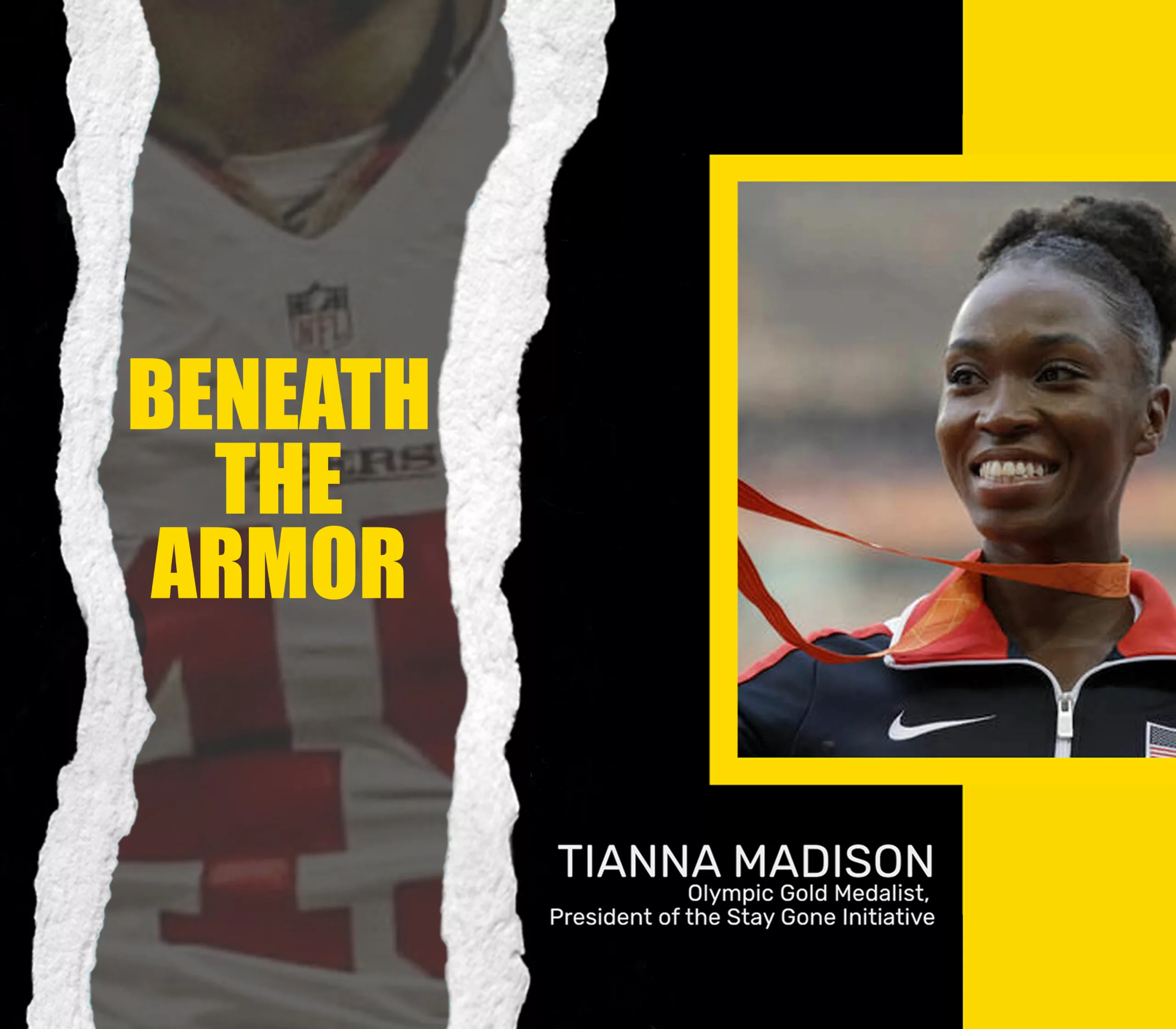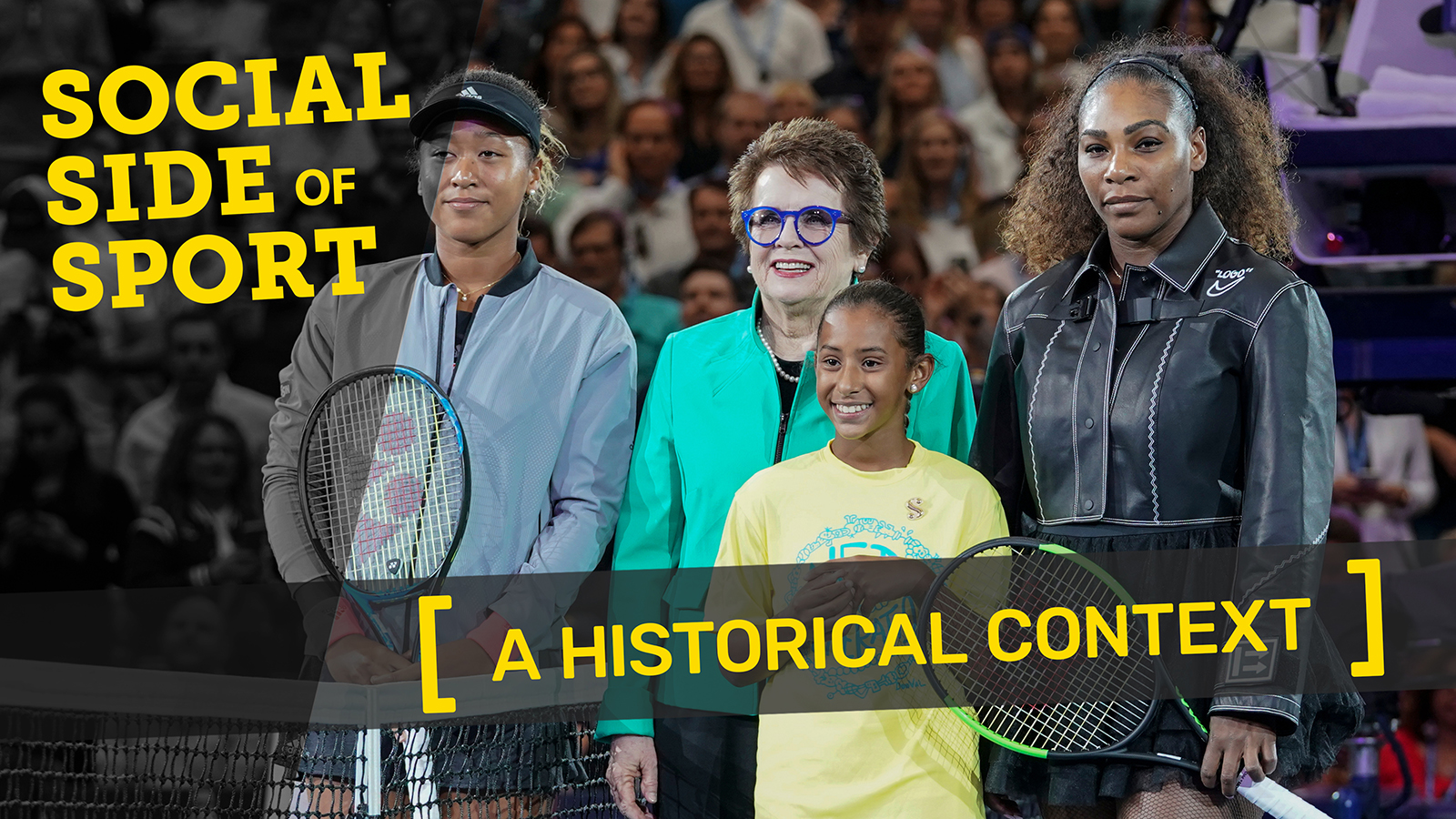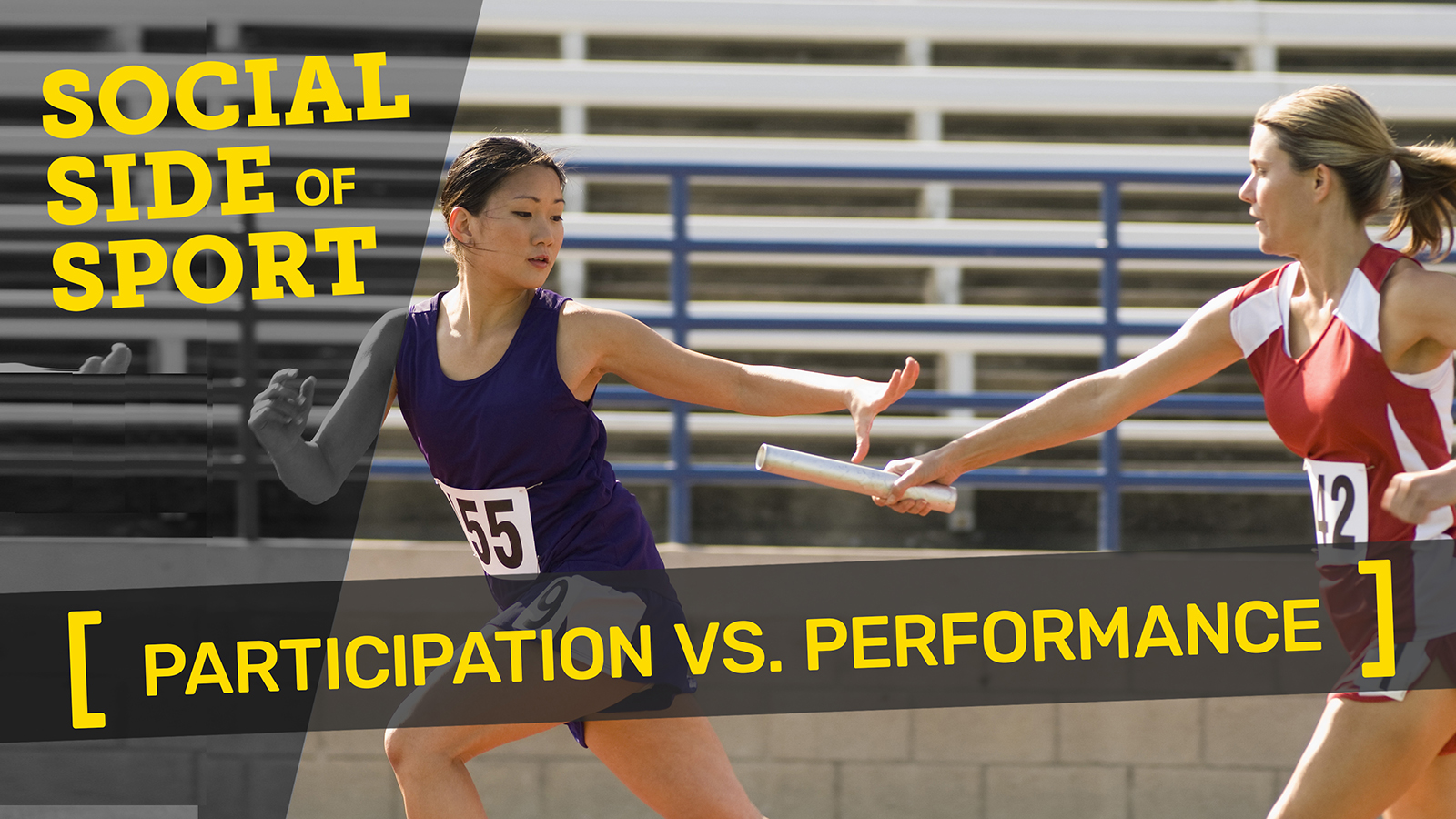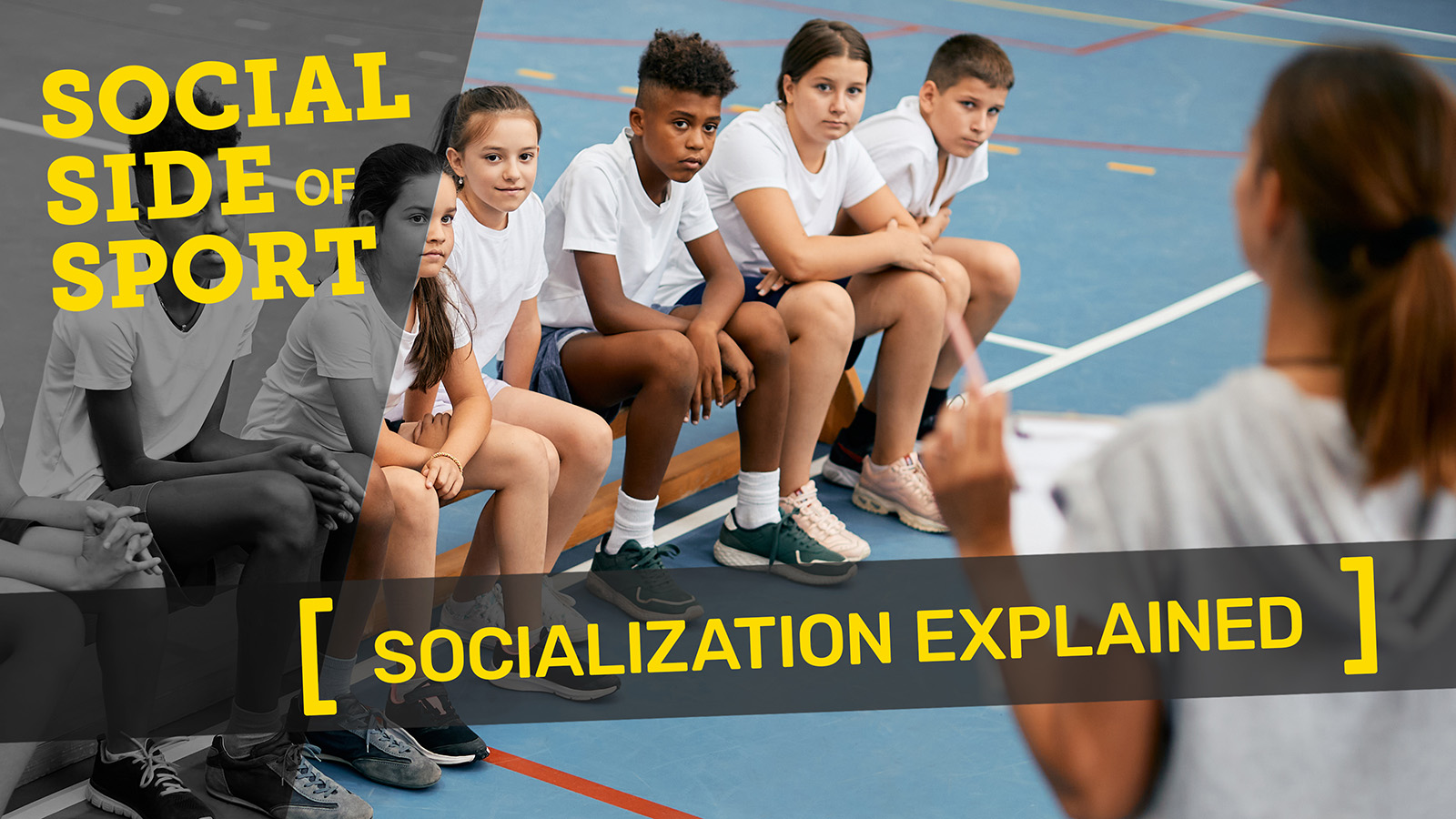Attitude is a psychological construct identified by Osgood, Suci, and Tannenbaum (1957) through the use of factor analytic techniques. It aims to capture the evaluative meaning of a concept, object, or behavior. In natural language, attitudes are captured by adjectives.
For example, in the statement, “regular participation in physical activities is beneficial,” the term ‘beneficial’ indicates a positive attitude toward PA. Attitudes are measured on semantic differential scales using bipolar adjectives such as good/bad, harmful/beneficial. In sport and exercise psychology, attitudes are considered to have direction and strength. The direction of attitudes is indicated by the adjective used to describe participation in physical activities or sport. For example, the statement, “my participation in physical activities is harmful” denotes a negative attitude toward PA because the adjective implies that PA will have some negative consequences to oneself. In contrast, the statement, “PA is beneficial to me” indicates a positive attitude toward PA because the adjective implies that participation in physical activities has some positive implications to oneself.
The strength of attitudes is conceptualized along nine dimensions (Krosnick, Boninger, Chuang, Berent, & Carnot, 1993). These dimensions correspond to affective cognitive consistency that refers to consistency of individuals’ beliefs and feelings about PA or sport participation. Conviction refers to whether PA attitudes express moral beliefs or identities. Accessibility refers to the strength of association between PA and evaluations. Elaboration refers to how much individuals think about the advantages and disadvantages of PA. Importance indicates whether PA attitudes are important to the individual. Ambivalence refers to whether individuals simultaneously hold positive and negative attitudes toward PA.
Ego-involvement indicates the extent to which PA attitudes express identity concerns, such as beliefs about who they are. Knowledge refers to whether individuals are aware of the benefits of PA. Behavioral experience refers to whether individuals have some prior experience with respect to physical activities or sport. In sport and exercise psychology, Theodorakis (1994) showed that both strength and direction of PA attitudes are important antecedents of participation in physical activities or sport. Broadly speaking, evidence showed that individuals who expressed positive and strong attitudes toward PA reported the highest levels of participation in physical activities or sport.
References
Krosnick, J. A., Boninger, D. S., Chuang, Y. C., Berent, M. K., & Carnot, C. G. (1993). Attitude strength: One construct or many related constructs? Journal of Personality and Social Psychology, 65, 1132 1151.
Osgood, C. E., Suci, G., & Tannenbaum, P. (1957). The measurement
of meaning. Urbana, IL: University of Illinois Press. Theodorakis, Y. (1994). Planned behavior, attitude strength, role identity, and the prediction of exercise behavior. The Sport Psychologist, 8, 149 165.
***Contributed by Nikos L.D. Chatzisarantis & Cecilie Thogersen-Ntoumani for Hackfort, D., Schinke, R. J., & Strauss, B. (Eds.). (2019). Dictionary of sport psychology: sport, exercise, and performing arts. Academic Press. https://amzn.to/3ZxARzT





